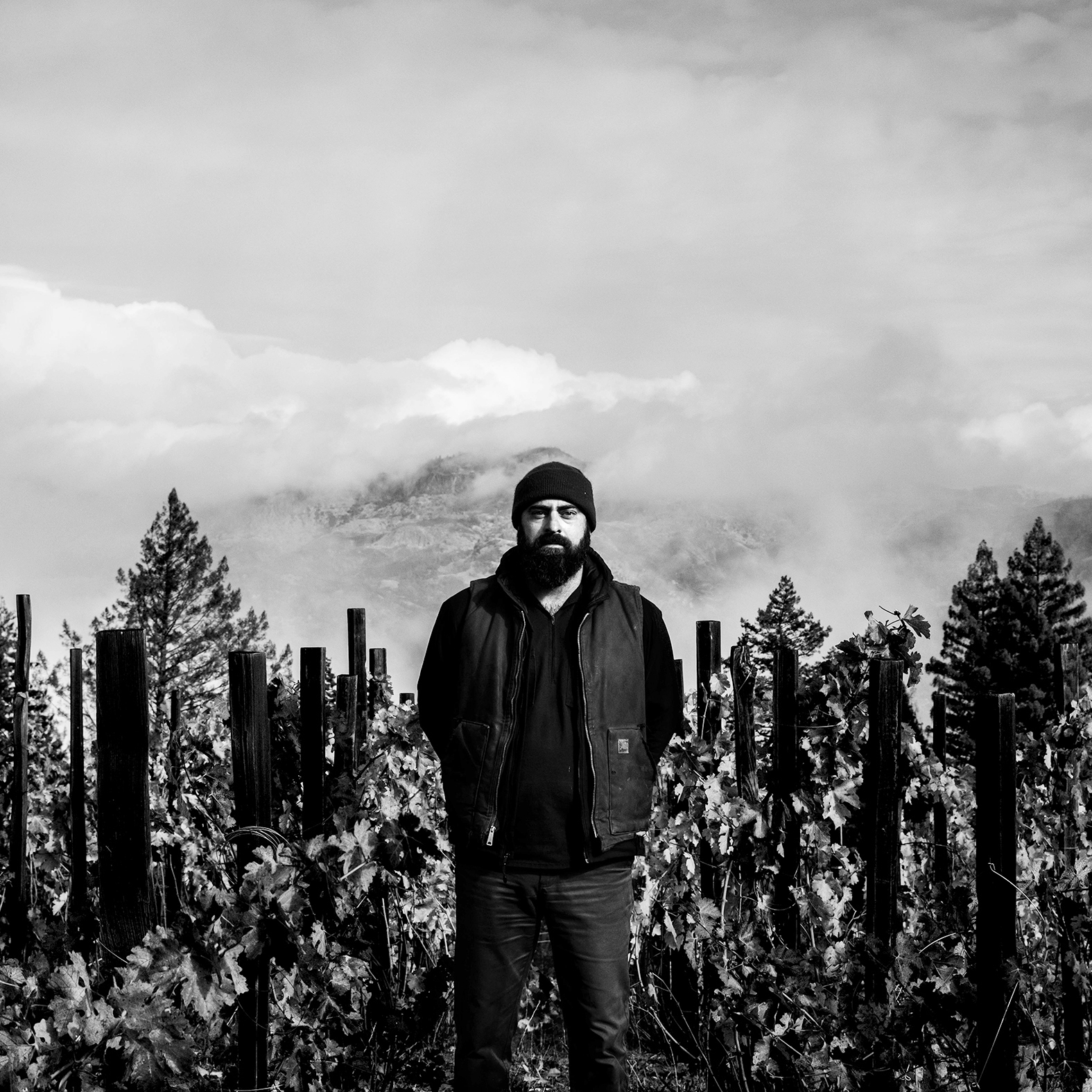24th Aug 2023
Napa Valley has a new grand cru vineyard. The guy who developed this site does not come from a vintner’s background, nor is he rich. He used his heavy equipment business to clear a remote location atop Diamond Mountain—an area that most would have considered impossible—while living in a log cabin he built there. In 2016, he densely planted fifteen acres of Cabernet Sauvignon without a single trellis or drip line. This man’s choices weren’t based on prescribed ideals or commercial practicalities but years of winery jobs, travel, observations, and an overwhelming desire to know what his land tastes like. The first three wines off the site are not just extraordinarily good; they achieve what almost no one has been able to do in Napa in recent years: full flavor and phenolic ripeness at under 13.5% alcohol. A vineyard that challenges the viticultural status quo, this is Ketan Mody’s Jasud Estate.
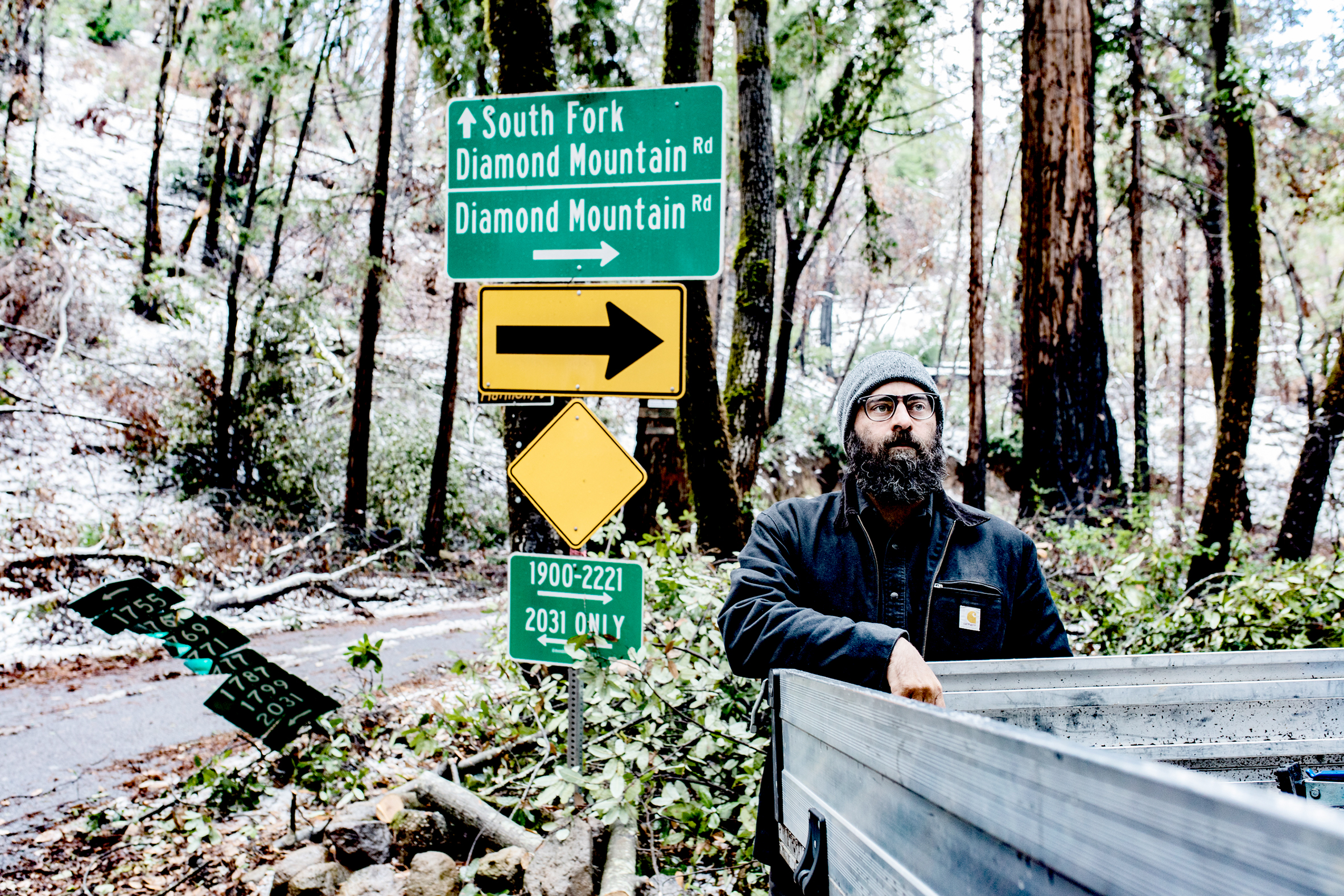
Ketan's Beautiful Prison
“After everything, I don’t know what I thought the wine would be like,” Ketan tells me as I taste the barrel samples of his 2019, 2021, and 2022 Jasud for the first time earlier this year. “But it’s nothing like I imagined.”
We’re tasting at his tiny cottage/home on the outskirts of St. Helena. More Paul Bunyan than Napa cool-dude-winemaker in appearance, he is both confident and nervous as he pours the three vintages of barrel samples. Confident because he’s holding a full house. Nervous because who knows when a wine critic’s going to throw you a joker. Not that I believe my scores matter much to Ketan; only that he has invested everything he has and is in this.
“So, you haven’t bottled this 2019 yet?” I ask. It’s at least nine months since most 2019 Napa Cabs have been bottled.
“No. It’s not ready yet. Almost. Soon.”
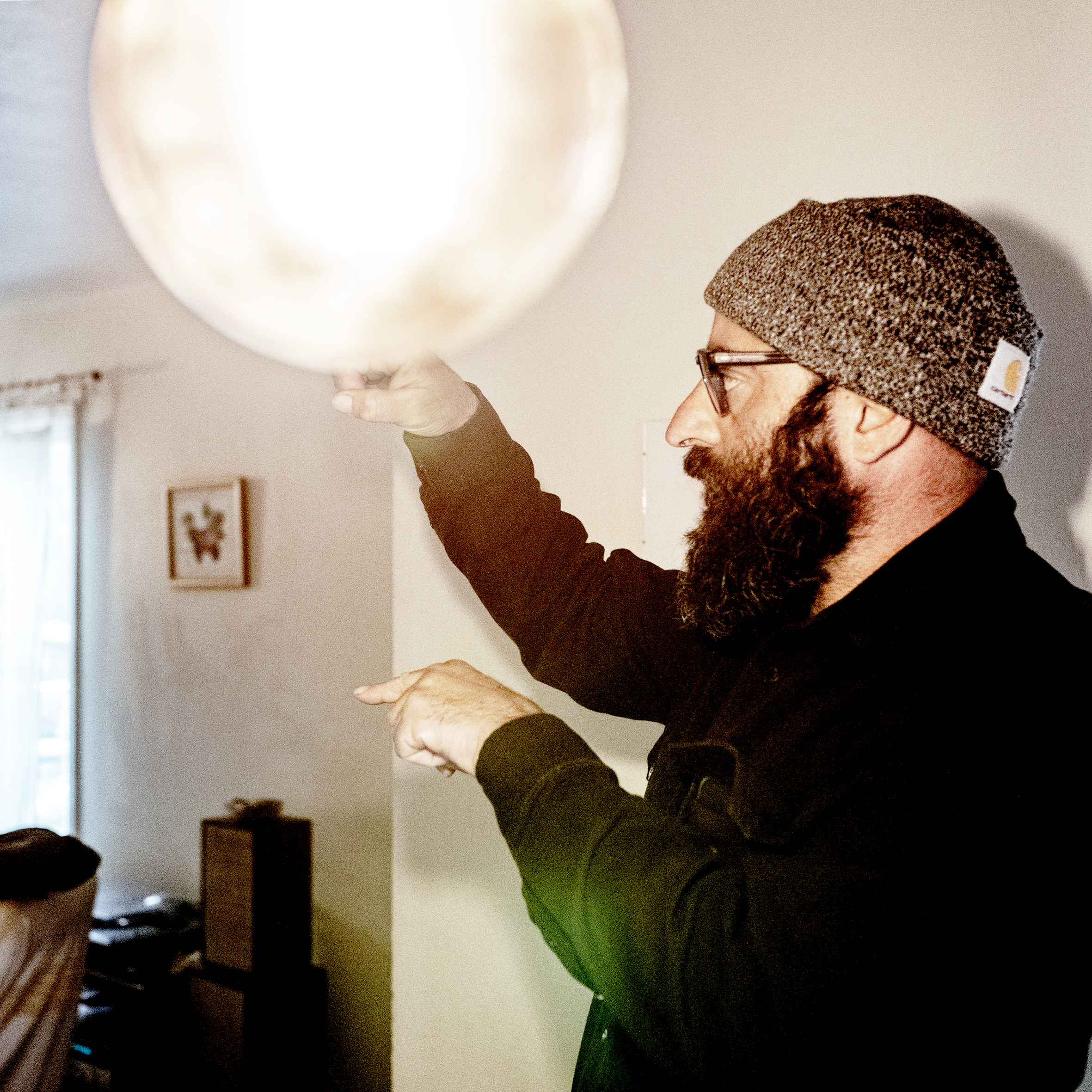
The nose of the 2019 Jasud is closed; the palate is tightly wound, tense. I can understand why he’s holding back on bottling. But the wine is also incredibly pure and beautifully perfumed. Further time in barrel risks losing that vibrancy and fragrance. Like this, it’s electric. I hold my tongue. The 2021 tells a whole other story, and the 2022 is also dramatically different, yet with this third wine, I can find a fascinating relationship between the siblings, which would come through even clearer at my second tasting of the trio a few months later.
These first wines from Jasud Estate are like no other Napa Valley Mountain Cabs I’ve tasted.
I’m excited to see the source. I follow Ketan in his pickup to his vineyard. It’s an icy, late-winter afternoon, and Napa Valley’s maintains are blanketed white from a rare, heavy snowfall the night before. We drive up Diamond Mountain Road as far as we can, but the freeze and snow have brought down so many trees we only get about halfway there before the road is completely blocked.
“You can come another time,” Ketan says, frustrated. Appraising the efforts of a couple of county employees attempting to clear a large trunk that had fallen across the road, he adds, “I’d better go get my chainsaw. You have to come back, though. I think you need to see the vineyard.”
“I will,” I say. “Hey, bottle your 2019!” I call out from my car window as I’m driving off.
He smiles and nods.
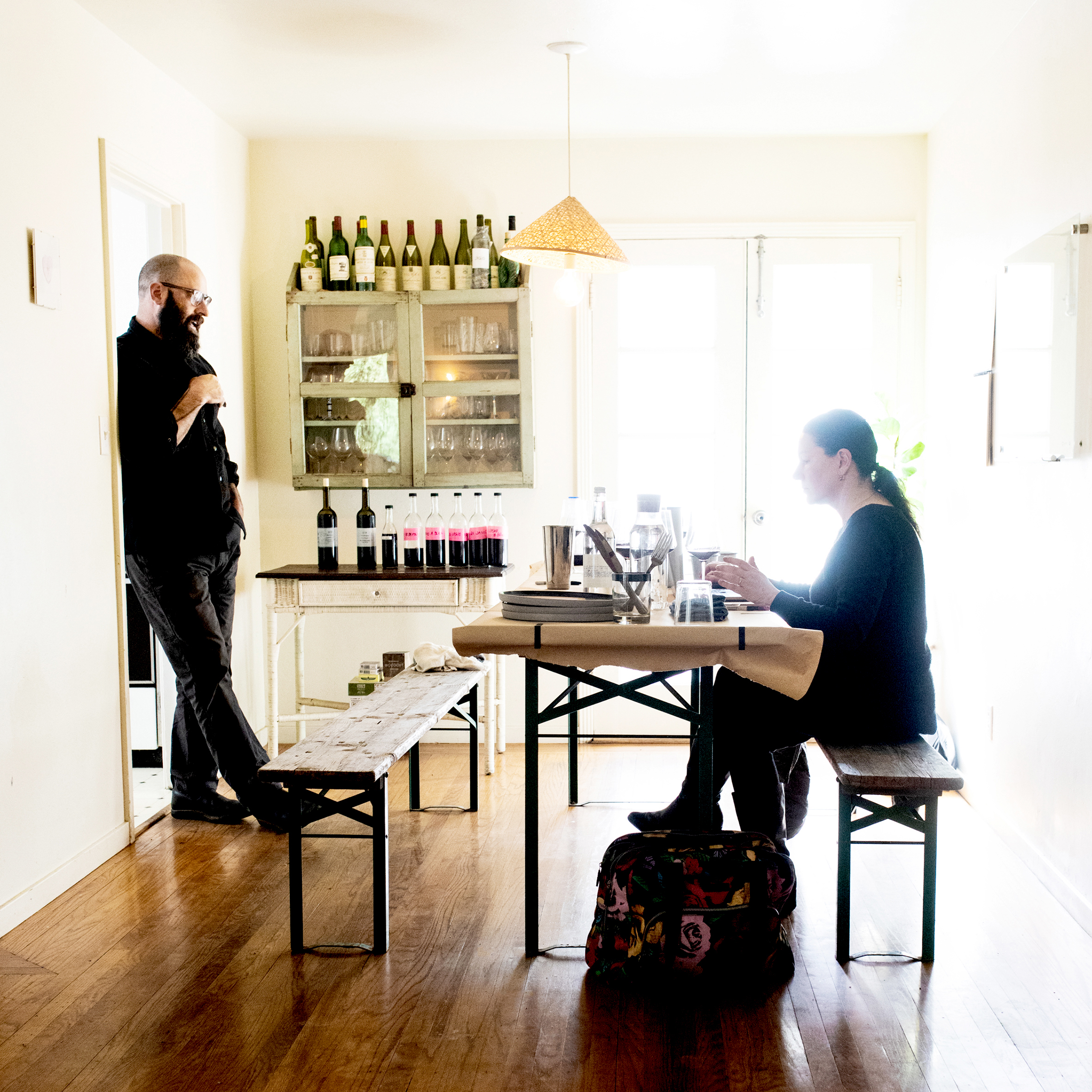
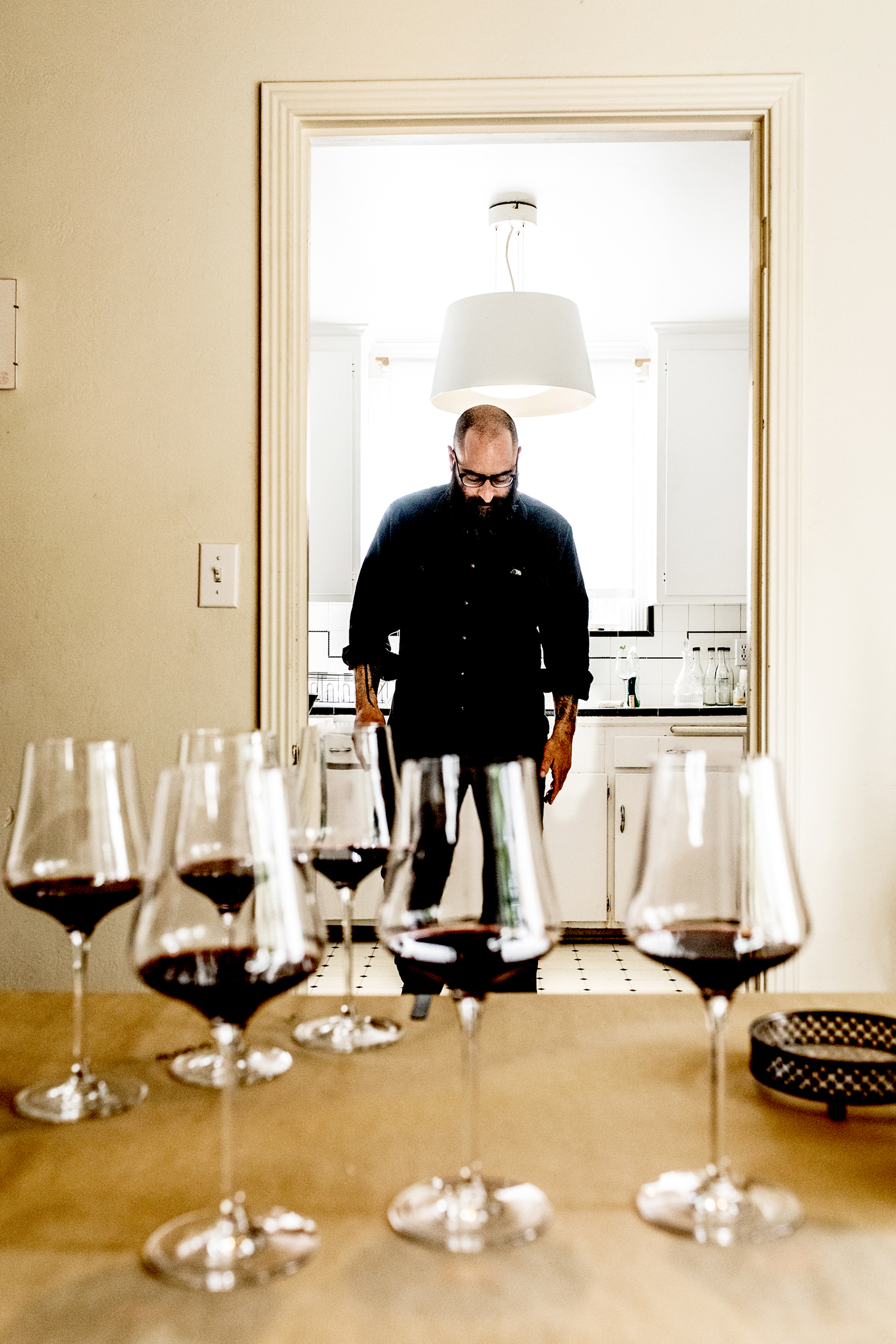
It’s June by the time I contact Ketan again to arrange another opportunity to see the vineyard and taste the three vintages of Jasud for a second time.
“Have you bottled your 2019 yet?” I ask. “I’d like to taste the finished wine when I come.”
He informs me it’s bottled but too soon to taste. We finally agreed on the 26th of July for my next visit.
This time, we head straight to the vineyard before tasting. When we arrive, I’m not sure what I’m looking at. It’s not like any vineyard I’ve seen before. I hardly know where to begin asking questions.
In 2008, Ketan Mody bought the sixty-acre, north-facing site at an altitude of 1650-2000 feet on Diamond Mountain, a height that ensures it is almost always above the fog line. After undertaking the arduous, four-year permitting process, he got busy.
“From 2012 to 2015, we were just pulling and moving rocks,” he says.
"This land is all super-fractured basalt on clay. We did the planting with an excavator rather than a bulldozer. I wanted to keep the soil, not change it."
Mody’s goal from the start was to produce as pure an expression as possible of this place. This meant maintaining the integrity of the soil.
“I need to know what this place tastes like,” he tells me. “In this day and age, we’ve lost our connection with nature. That’s why people like wine. You taste a place. What does home taste like? I want to know what every part of this vineyard tastes like.”
Likewise, it was essential to establish self-sufficient vines that didn’t have access to irrigation. Yet dry farming is uncommon in Napa Valley.
“When you have an irrigated vine, the vine struggles to get everything phenolically ripe. We had to drill all the holes to plant the vines, but there is water down there for the roots. It takes a long time to build a self-serving vine. It’s all dry grown here, but for the first three years, the young vines get three gallons of water five times per year. What dies, dies.”
The planting material is all Cabernet Sauvignon on St. Georges rootstock. The Cabernet clone sources are local heritage clones gathered from some of the greatest vineyards in Napa, including Eisele, Diamond Creek, Backus, Spottswoode, Heitz (from Harlan Estate, where Mody used to work), and MacDonald (To Kalon).
"That 3309/337 combo is juicy and terrible."
“That 3309/337 combo is juicy and terrible,” Mody scoffs, referring to a typical rootstock/nursery clone combination for establishing vineyards in Napa.
Apart from the absence of drip irrigation lines, the other striking feature of Mody’s vineyard is the missing wires. There are no trellises. And yet, these vines do not look like the freestanding, head-trained, old vines sprawl (usually Zinfandel and Petite Sirah) you can find around parts of Napa and Sonoma. The canes extend vertically, fastened to tall wooden polls using an echalas system, uncommon yet practiced in parts of Côte Rotie, South Africa, Spain, and Burgundy (called paisseaux), among other places. I’ve never seen this training method used with Cabernet Sauvignon.
“I want to walk through this vineyard as I would walk through the forest. The vines here are unleashed. As you can see, there’s no trellising. This way, you get a psychological and emotional break between the plants. Each plant is an individual and is dealt with that way.”
The spacing here is 4 feet x 4 feet, which is dense, and some parts are denser at 3 feet x 3 feet.
“How do you manage the vineyard if you can’t get a tractor through here?” I ask.
As he points to a small, hand-pushed mowing device up against a shed, the scale of the amount of labor involved in maintaining this fifteen-acre site dawns on me.
"We’re in the vineyard every day."
“We’re in the vineyard every day. That’s by design,” says Mody. “Here every day from 6 am to 4 pm. All we look at here is, ‘Does this serve the vine?’”
There is no tilling between rows. Ketan and his crew of three cut the cover crops five times per year and leave it there for the summer as mulch. There’s no shoot-topping either. The canes are tied to the tall wooden support pole beside each vine.
“If you don’t top the vines, you can get smaller seeds,” Mody explains, which I consider alongside the strikingly silky tannin texture I picked up in wines, unusual for mountain fruit. “And we never spray (fungicides). We’re on the ridge from the coastline. Every day at 4 pm, the wind from the ocean comes ripping through here. We try to practice farming as holistically as possible. We get great airflow up here, great dappled light. There are no mildew issues. Of course, you can’t win 100% of the time. Farmers nowadays gotta win all the time. But if we get 5-10% loss, we’re prepared to take that to keep things this way.”
In total, the vineyard is composed of 15 blocks, including a two-acre nursery block that is own-rooted (not on rootstocks) and contains even more heritage clones from other legendary Napa vineyard sites and even a little bit of Grenache from Rayas in Châteauneuf-du-Pape.
We make our way to the charred trees and the replanting happening at the edge of the property—the aftermath of the devastating 2020 Glass Fire.
“Because I have the heavy equipment company, we were busy fighting the fire in 2020. But we couldn’t save this. We were rehabbing some of the cabins when the fire came through. The cabins all burned (including Mody’s home). The fire was selective about the vines it killed. In total, we lost 40% of the vineyard, around 27,000 vines,” Ketan says.
"Did you have insurance?"
"No."
The loss hangs heavy for a few solemn moments before he says, “In another two or three years, all these missing vine holes will be filled.” He pauses, then adds, “I love the beautiful prison that this is. I’m not going anywhere. There’s only this, and then there’s death.”
The grapes coming off this site are markedly different from other parts of the valley—more oblong, according to Ketan, and the clusters are looser. “We get Pinot-sized berries on Cabernet Sauvignon bunches,” he tells me. “We have very small vines and very low yields. When you carry less load, you can get true phenolic ripeness at less brix. In the four vintages I’ve made wine from here, the sugars have been low. Nothing so far has been picked over 22 Brix. I got just five tons in 2022, 1.8 tons per acre. I will get 10-15 tons this year (2023) with the increase in plantings coming on, but there was some shatter. The 2021 wine I made is off every vine we had. In 2022... well, we’ll see what the blend is.”
As we head to his pickup, he pauses momentarily to look back, shackles tugging.
"Ultimately, I think 90% of what you get comes from the site,” he says. “The other 10%, that’s up to you."
Back at his place, we talk about the winemaking. Currently, he hires space at a warehouse in Napa to make the wines. However, he is now going through the painful winery permitting process to construct a small winery within the vineyard.
“The winemaking for these is all native yeasts, no additives except for a small amount of SO2,” he says. “The pH is super low. The wines finish at around 3.3 to 3.4 pH after malo-lactic, so we don’t need to add much SO2. We wind up with less than 100 ppm of SO2 in the finished wine. We only do punch downs. I don’t use pumps. Pumps are dirty. The 2019 went into a single 300-liter new oak barrel with a super-light toast. After the wine goes into barrel, I don’t rack until bottling.”
As we move on to the 2022, a difficult vintage in Napa due to a sustained late-season heat spell, he says, “In 2022, I feel like it was a vintage of good choices rather than great ones. We picked before the heat spell. We made the right choice; what happened after was difficult. I suppose you’ve heard about the amount of fruit coming in with VA (volatile acidity). Well, vintages like 2022 make you better at what you do.”
"Vintages like 2022 make you better at what you do."
Having tasted the three Jasud vintages twice, the stand-out similarity is the tannins. There is a very unusual texture here—very fine, like the softest sand you can imagine. This texture fits beautifully with the fruit's refreshing acidity and perfumed/floral nature. The other unique attribute is that floral nature of the wines. You seldom see this kind of silky tannins with this sort of bright, pure perfume from mountain fruit. But the very rare attribute of these wines is full flavor and phenolic ripeness at surprisingly low alcohols. The 2019 Jasud finished at an alcohol of just 13.1%. Although the 2021 and 2022 are still in barrel, Mody tells me that their alcohols are under 13.5%.
The 2019 Jasud was bottled in June 2023. Only 50 cases (600 bottles) were made. 25 cases of the 2019 will be released this October, along with the 2021 Jasud (around 100 cases made, bottled in August 2023) and the 2019 Beta wines (the other label Ketan Mody makes from fruit purchased from unsung single vineyards around the valley).
All three Jasud Estate wines are not just astonishingly great; they are singularly evocative of this beautiful prison of Ketan Mody’s mind and his profound interaction with nature. If this is for you, now’s the time to jump on the mailing list: www.beta-wines.com.
-
Article & Reviews by Lisa Perrotti-Brown MW
Photography by Svante Örnberg
See more work from Svante at svanteornberg.se by clicking here!

PRODUCERS IN THIS ARTICLE
> Show all wines sorted by scoreMore articles

Bordeaux 2023 Vintage Report and Reviews from Barrel
09th May 2024
649 tasting notes

Cathiard Vineyard New Releases
02nd May 2024
3 tasting notes
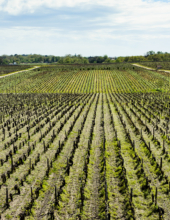
Bordeaux 2023 Preliminary Vintage Report and Reviews from Barrel
29th Apr 2024
56 tasting notes
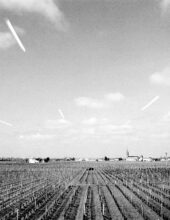
2021 Bordeaux in Bottle and A Modest Proposal
24th Apr 2024
599 tasting notes
Show all articles
